Why Do We Play Sports?
Playing or watching sports is a big part of our society. There are many different types of sports such as football, soccer, equestrian, and motocross. There are also many professional teams inspiring kids to follow their passions for sports and to try to make a career out of this passion.
With all of this inspiration, the question remains: why do we actually play sports?
When kids are younger, the goal is to have fun in doing whatever they may be doing. A survey taken in 2010 by a student named Peter Barston on Sports Reasons proved that most younger kids played a sport to have fun.
Barston created a page long survey with eleven different reasons for playing sports. He handed them out to roughly 1,000 kids in 4th to 8th grade according to this survey.
The top reason the kids surveyed played sports to have fun. This was Barston’s result he had predicted.
Much of our society focuses on professional sports teams. In every sport there are rivals and fans cheering for their teams. This is all in good fun, but people are also very competitive with each other. This can be seen in people while participating in sports and also while observing them.
Everyone is born with a competitive nature. It just so happens that some people’s is stronger than others’. As people grow older, that competitiveness usually grows.
Ms. Christa Talbot-Syfu, coach of Men’s Cross-Country and Girls’ Hockey, explained to The Willistonian why she thought that high school sports are so competitive. She says, “I coach because I am competitive and like to have fun. A sport is an avenue to accomplish both of these things.”
The Willistonian sent a survey out to the students asking them why they play sports. The goal was to see if the results varied as kids entered high school.
Thirty-six percent of students say they play their sport for fun. This confirms that students do not lose this original purpose of why they are playing their sport.
Only thir
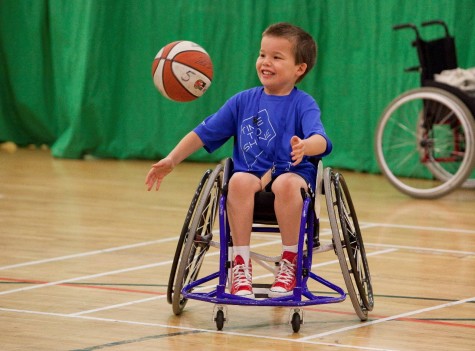
Kids with disabilities play adapted sports like this kid playing basketball.
teen percent of the students polled answered that they were playing either because their parents made them or so that they could get into college.
Sue Scott, a physical education teacher, says, “My program isn’t a competitive P.E. program. I believe in more of the cooperative program because I feel that kids at the early ages should all have the opportunity to try new activities without the pressure of feeling that they need to be the best.”
Scott thinks that all the kids should have a fair chance to test out different sports. This is to show them different opportunities, rather than focusing the kids on one sport. Her favorite part of her job is adapting regular sports into ones that her kids with disabilities can play in.
She mentioned that as students get older, they become more competitive. She says, “Honestly we don’t keep score, but they [the kids] keep score.” She tells them that they have recreational basketball and the AAU (Amateur Athletic Union) to be competitive in. The kids understand and do not even ask her for the score anymore.
Scott works at four different schools in three districts. She is at a different school everyday because they only have P.E. once a week for thirty-five to forty-five minutes.
Scott says, “I think in P.E. they [students] are playing for fun.” Not only are the kids playing for fun and not to win in P.E., but they are also playing to have fun outside of their school setting.
The Willistonian gave Scott a survey sheet with two questions on it: What sport do the kids play and why. Seventy-eight percent of the students said that they were playing their sport to have fun and because they liked it. Only four percent of the kids said that they were playing to win.
It shows that teachers like Sue Scott are doing their jobs correctly by teaching “fun” instead of teaching “winning” to their students. Scott says that she has spent “years and years of forming the program into a non-competitive program.” Kids understand that it is not all about winning.
At one of the schools Scott teaches at, she co-teaches the P.E. class with another teacher. She remarks that, “He keeps score and is very competitive with it… the kids always ask for the score and the score is the main deal.” She says that she can “see the difference [in the kids].”
Youth sports have become a major thing for younger kids. But Scott has a different opinion on these types of sports. She feels that, “parents are pushing their kids so hard at such a young age to either be number one, the best…I feel like they are pushing them to go into and stick with only one sport [for their life].”
Playing youth sports is not always a decision made by kids but instead one made by parents. Some kids do not have a say in what their parents decide for them. This can lead to problems.
Scott feels strongly that parents are the reason why many of her kids play the sport that they play. She explains, “they [the kids] might like taekwondo, but the parents want them to play baseball or soccer. I feel like the pressure is a lot for kids at such a young age to be the best.”
Society has become very focused on sports that sometimes people miss out on greater things like family time or a kid sharing about his/her’s day at the dinner table because they have to rush to a practice.
Despite this, the reason that kids play sports is because they like it and want to have fun. This continues through high school and throughout their lives.
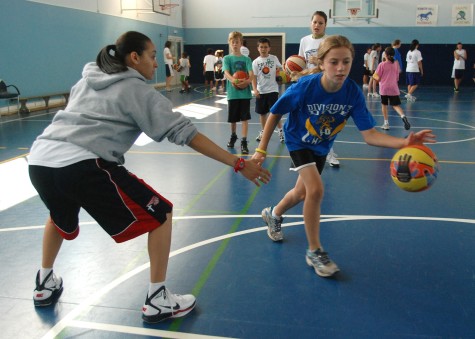
Basketball is one of the most played sports by kids along with soccer and baseball.



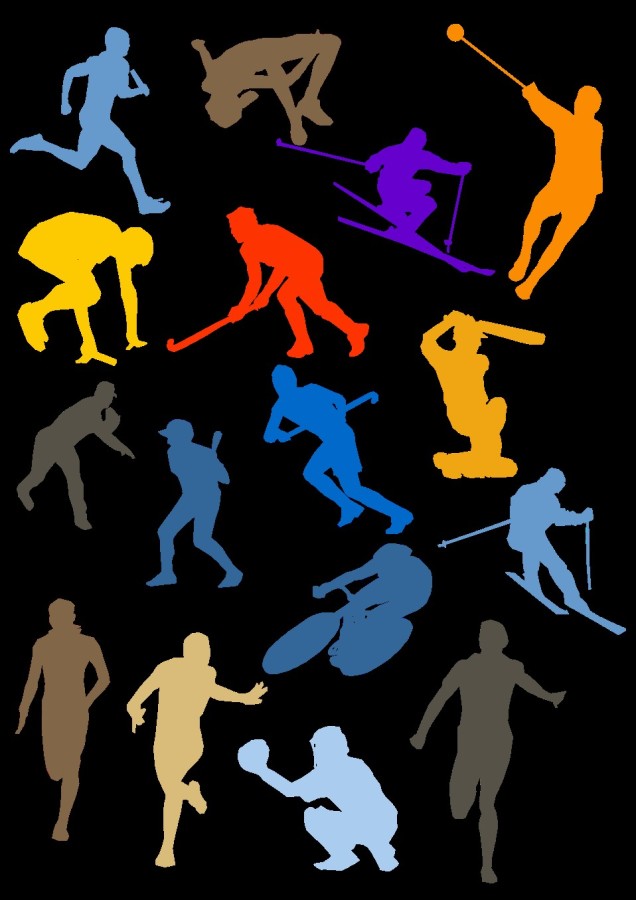
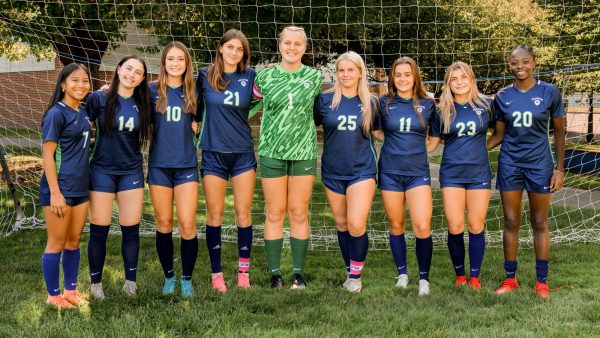
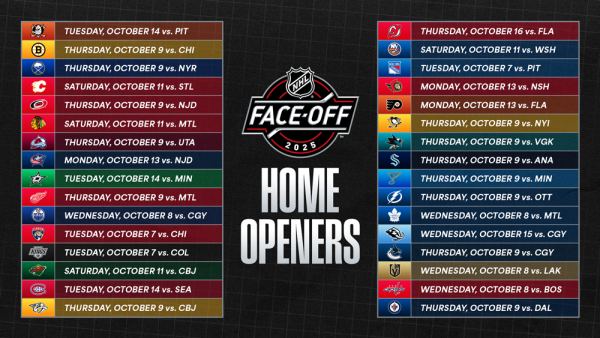
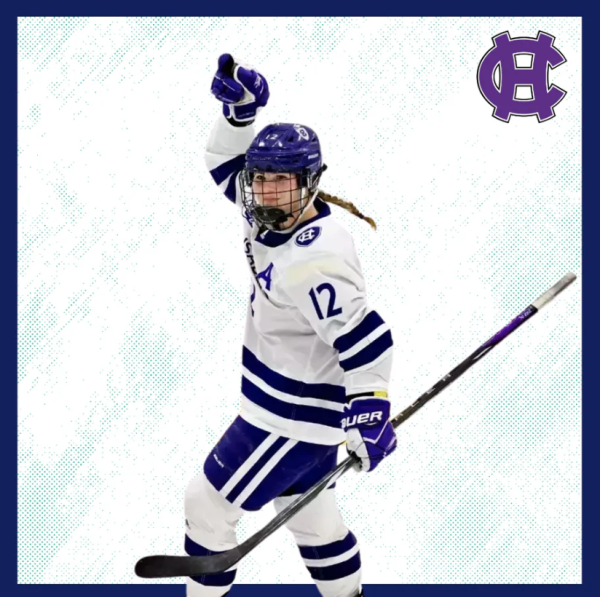
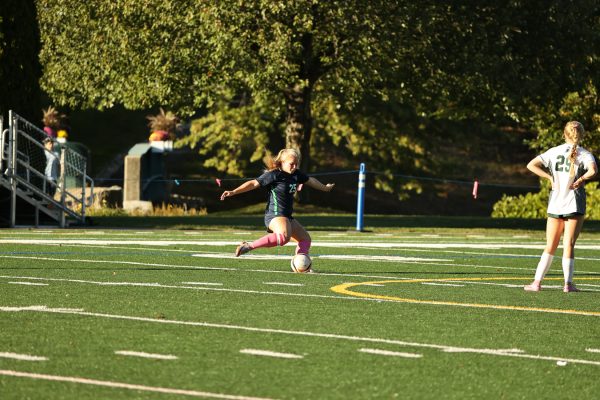
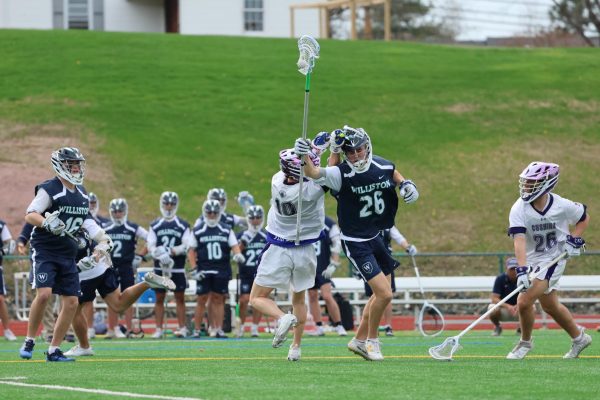
derek • Dec 15, 2022 at 12:33 PM
good job!
Paul Wainwright '68 • Dec 24, 2015 at 1:01 PM
Glad to see you are still going strong! I was the photography editor in 1966-67 and 1967-68.
BOB • Jul 6, 2022 at 4:12 PM
COOL!!